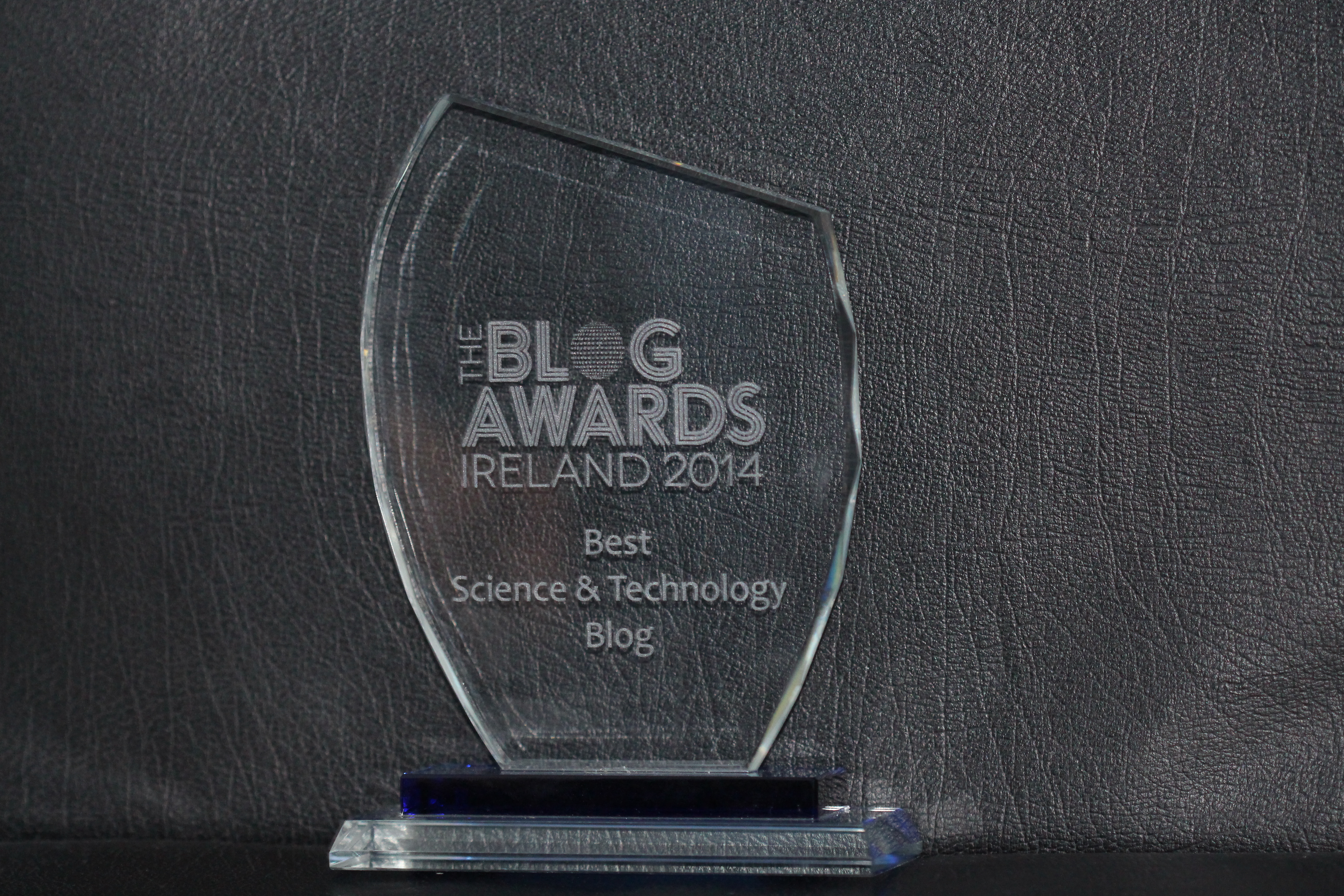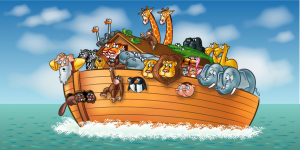 “Writing a [thesis] is an adventure. To begin with it is a toy and an amusement. Then it becomes a mistress, then it becomes a master, then it becomes a tyrant. The last phase is that just as you are about to be reconciled to your servitude, you kill the monster and fling him to the public.” Winston Churchill
“Writing a [thesis] is an adventure. To begin with it is a toy and an amusement. Then it becomes a mistress, then it becomes a master, then it becomes a tyrant. The last phase is that just as you are about to be reconciled to your servitude, you kill the monster and fling him to the public.” Winston Churchill
I’ve just finished my PhD thesis and thought I’d share some of my opinions on how best to go about writing one. But before we get there I’d like to express my skepticism of the value of writing a thesis as a means to evaluate a budding scientist. I don’t know of any papers in journals that run over a 100 pages but classically this is what was expected of us at PhD level. It’s rare that a scientist writes a monograph. Instead we compose pieces of research that can be explained in around 10 pages. Scientists use mathematics and statistics to make our points, in that way our numbers do the talking so we can afford to be succinct. This is in contrast to students of the arts who typically draw on argument and rhetoric in their works building to a singular point or thesis! But that’s irrelevant to this topic because you still have to write one and many departments are quite flexible with their definition of thesis.
So my first piece of advice is write chapters with the aim of publishing them. You’re training to be a scientist and papers are your currency so keep that in mind. Three or four data chapters with a general introduction and discussion seem to be the way to go. If you have this approach you’ll be able to finish up parts long before the deadline. If you can get papers published, all the better, a peer-reviewed chapter looks very well and will be an improved piece of work for having gone through the process. The final body should be a coherent whole but these are not book chapters in a story. That said be aware of how you want to frame the whole thing.
Try to be concise; it’ll be easier for you to write, easier for your examiners to correct and more attractive to anyone else who wants to read it. There may be some work you did over the course of your PhD that has to get the chop to achieve this.
There’s no problem in seeking help. Science is meant to be collaborative, even more so today. In 2012 only 11% of all papers were single authored. You’ll be able to get much better chapters if you include people who can add a bulwark to any of your weaknesses. Just make sure you do the bulk of the work and properly credit your collaborators where necessary.
Give some thought to the program you’ll use to write up the project. MS Word isn’t the only way. I found assembling the whole thing in LaTeX went quite smoothly because it’s specifically made for writing technical documents. The downside was it was difficult for others to comment on it. There are ways to do this but I was a novice at the time.
Step back from the cult of the busy too. I found giving myself a break from the write up helped me come up with a much better frame for my discussion.
Start early, don’t write much, aim for papers, and use LaTeX. Simple. How’s that for concise?
(The contents of this post are subject to change after my thesis defence)
Author: Adam Kane, @P1zPalu, kanead[at]tcd.ie
Photo credit: http://centrum.org/2014/08/creative-nonfiction-workshop-nov-6-9/



 EcoEvo@TCD was awarded Best Science & Technology Blog in Ireland at the
EcoEvo@TCD was awarded Best Science & Technology Blog in Ireland at the 




